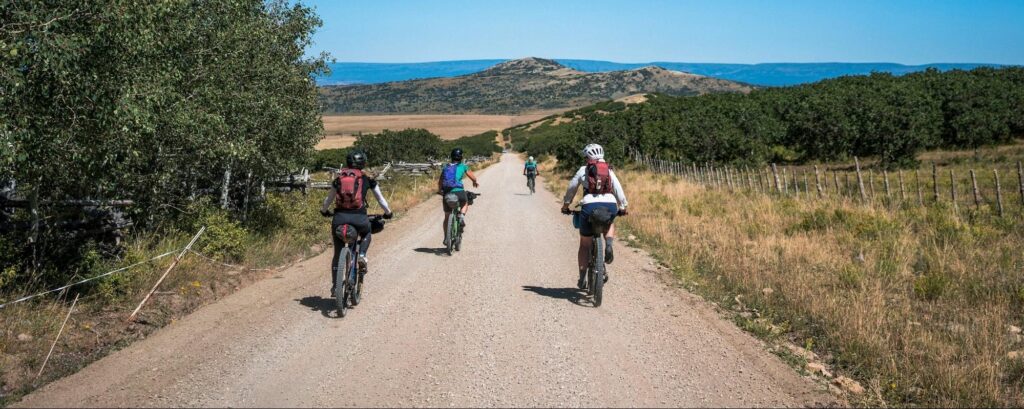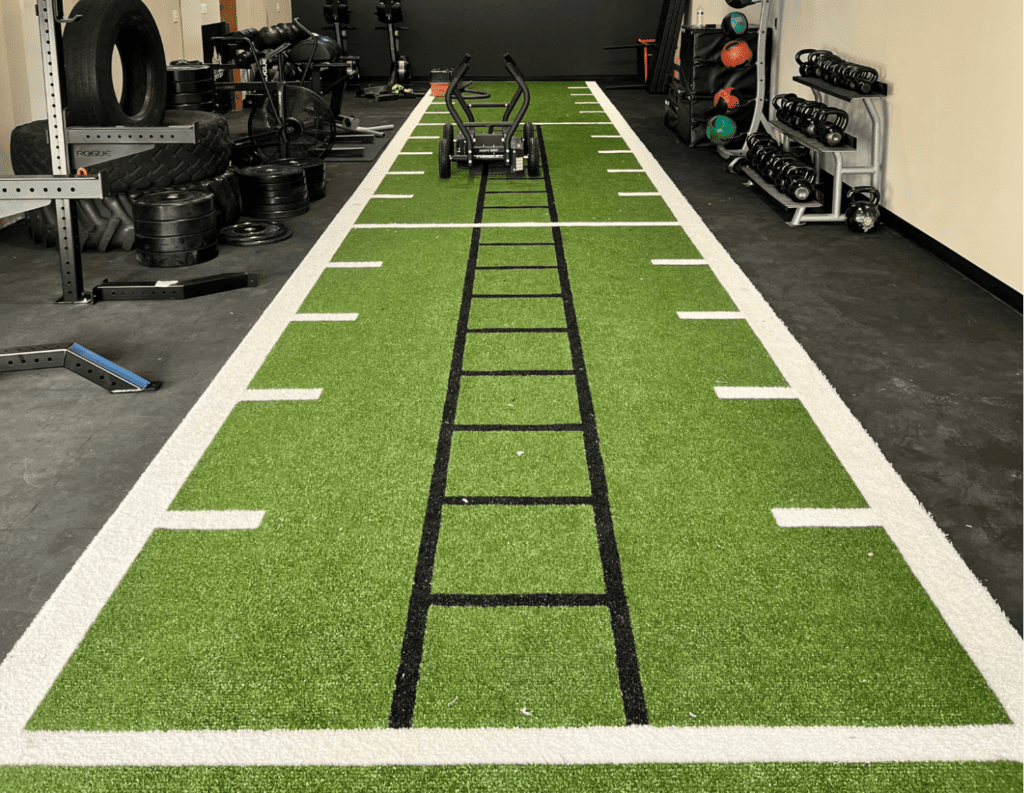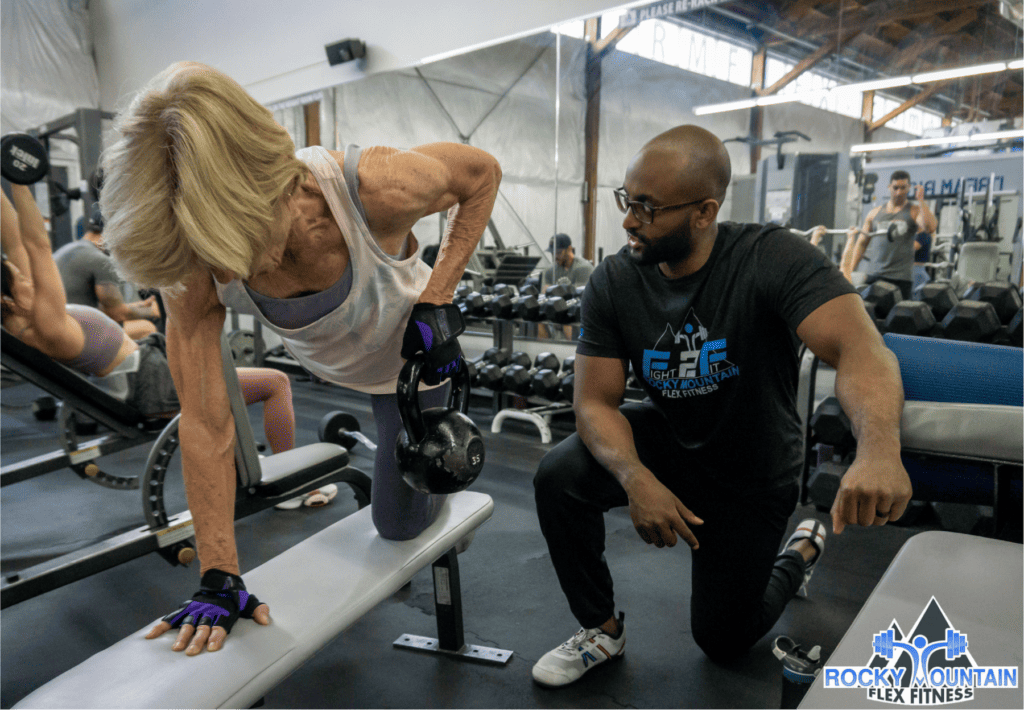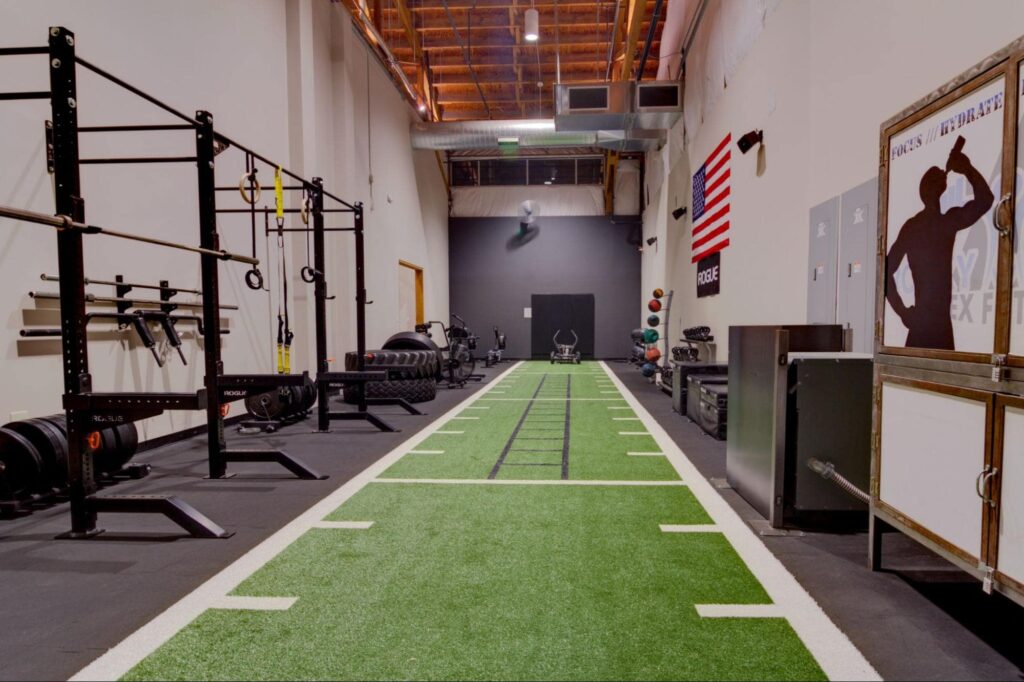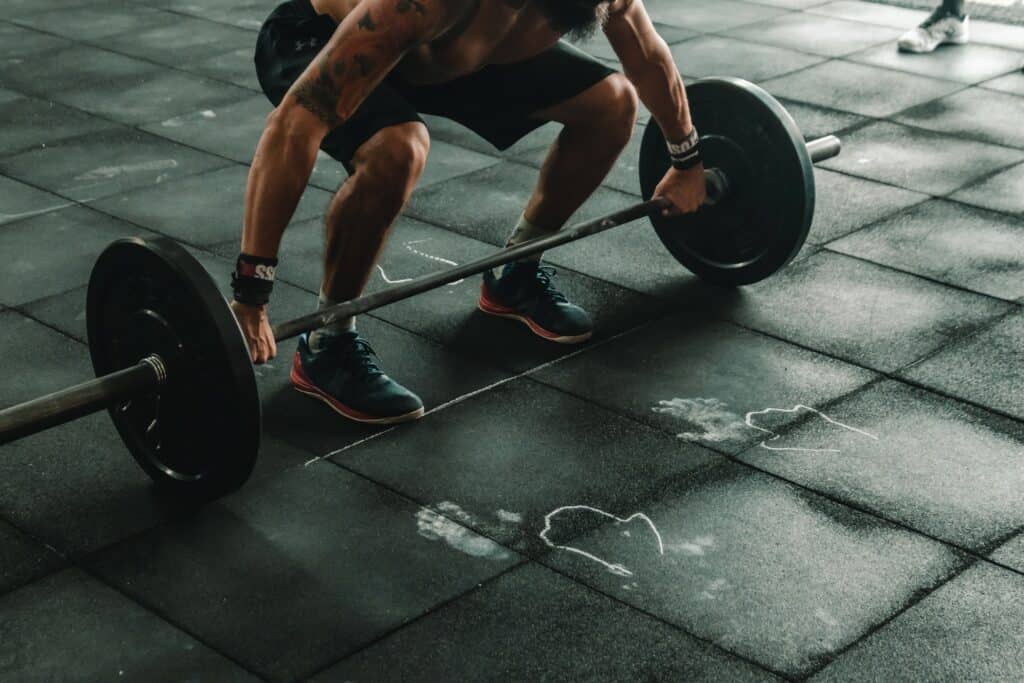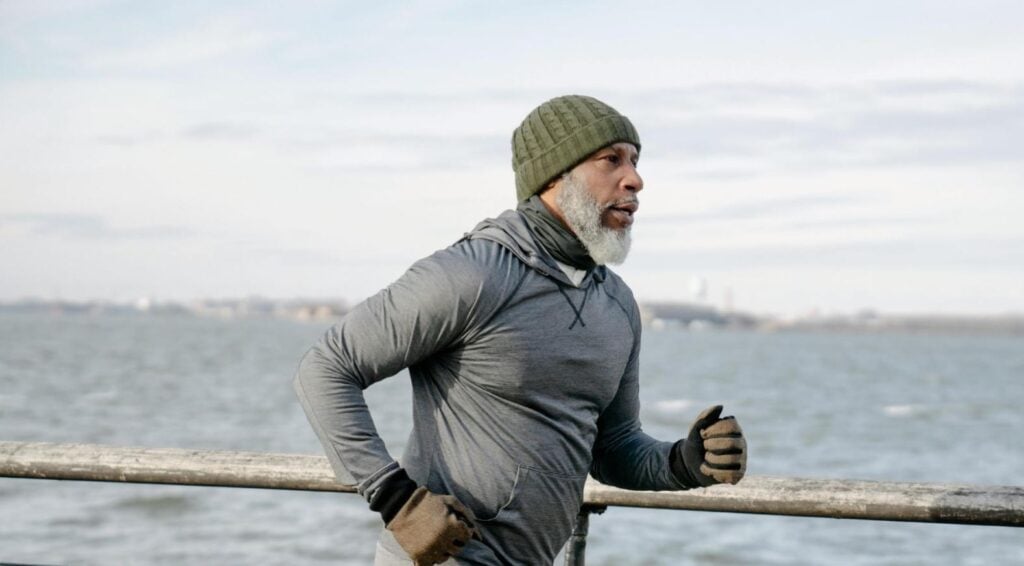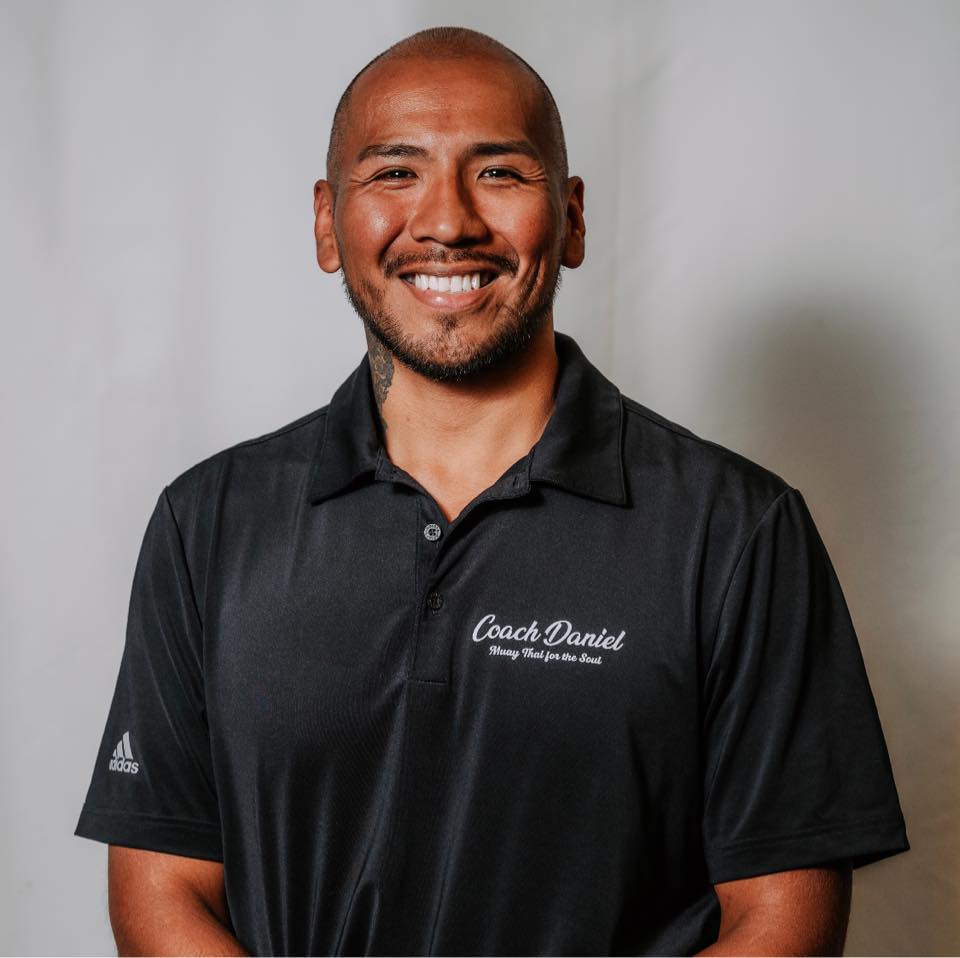We all know the feeling when you push yourself through a challenging workout, such as the infamous LEG DAY, only to find yourself crying as you walk up a set of stairs the next day. At Rocky Mountain Flex, our members are no strangers to this post-workout discomfort, often attributed to DOMS, or delayed onset muscle soreness.
What is DOMS (Delayed Onset Muscle Soreness):
DOMS is muscle discomfort and pain that typically arises 24 to 48 hours after a strenuous workout or physical activity. This intense muscle soreness occurs due to microscopic damage to muscle fibers during the workout, especially when performing eccentric movements, where muscles lengthen under tension. Activities such as heavy weightlifting, intense cardio sessions, or high-intensity interval training (HIIT), performing squats with added resistance, running downhill, or doing eccentric bicep curls are exercises known to induce DOMS. The pain associated with DOMS usually peaks within 72 hours and gradually subsides as the body repairs and strengthens the affected muscles.
Now, while DOMS might feel like a badge of honor after a challenging workout, it’s also a reminder of the importance of effective muscle recovery. Recovery isn’t just about soothing the immediate post-workout discomfort, it’s a fundamental aspect of any fitness routine, ensuring you can consistently perform at your best.
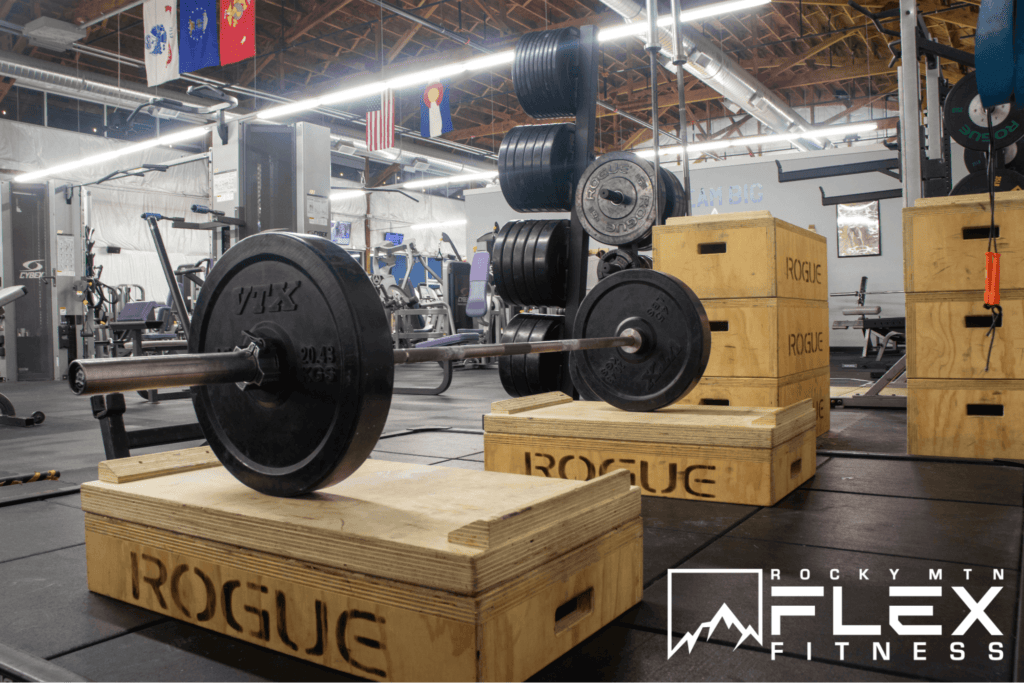
Today, we’ll walk through five effective recovery methods that can help you alleviate the discomfort from workouts, grow bigger and stronger, and prevent injuries.
5 proven strategies that can aid in muscle recovery after a strenuous workout:
1. Foam Rolling:
Foam rolling, a technique known as self-myofascial release (SMR) is where you put targeted pressure on specific muscles using a foam roller to alleviate muscle soreness, tightness, and inflammation. By breaking down knots in the muscles and improving blood circulation, foam rolling can also help with range of motion and improve flexibility. Foam rolling can be used pre-, post-, and during your workout. By using your body weight on a foam roller, you can target specific muscle groups, releasing tension and reducing DOMS.
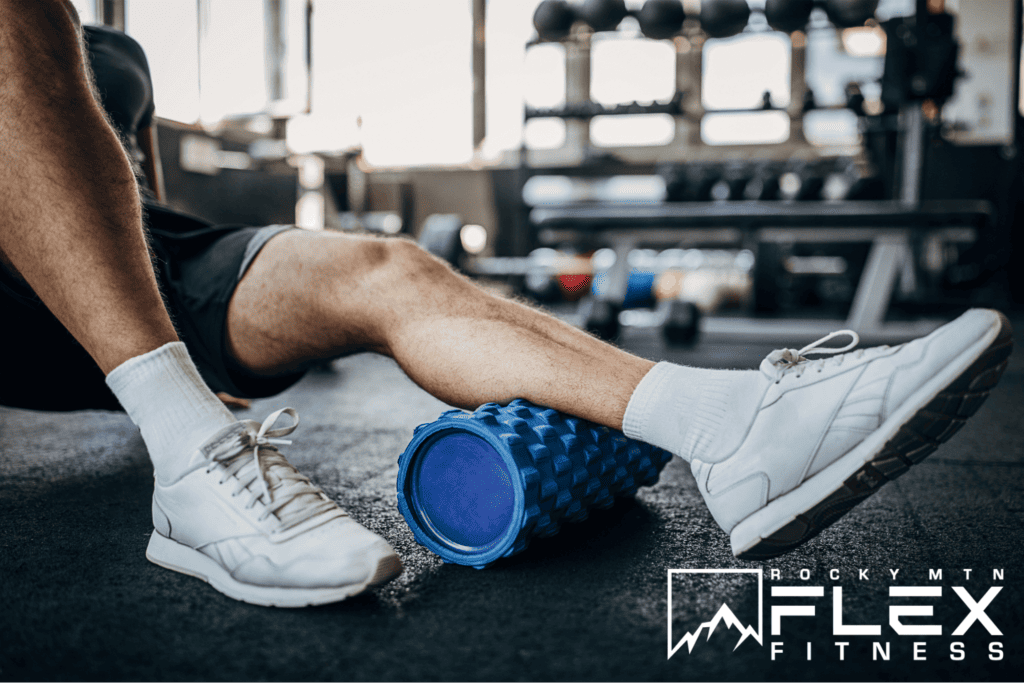
These days, there are many different types of foam rollers. Here are a few to consider:
Smooth Foam Rollers:
These are excellent for beginners as they come in a variety of densities, from soft to firm. They provide a gentle massage and are ideal for large muscle groups like quadriceps, hamstrings, and calves. The technique involves rolling back and forth and applying moderate pressure on the muscle to release knots and tightness.
Textured Foam Rollers:
Textured foam rollers have ridges, knobs, or grids on the surface. These variations intensify the massage experience. The textured surface digs deeper into muscle tissue, breaking down adhesions and increasing blood circulation. Use textured foam rollers for targeted massage on specific trigger points and smaller muscle areas like the IT band and shoulders.
Vibrating Foam Rollers:
Vibrating foam rollers enhance the effectiveness of the massage, reaching deeper layers of muscle tissue. These rollers are beneficial for individuals with dense muscle mass or chronic muscle tightness. The vibrating motion helps muscles relax more quickly, reducing soreness and promoting faster recovery.
How to get started with foam rolling:
Roll slowly over the muscle area with light pressure, focusing on tender spots or trigger points but keeping away from the joints. Pause and apply gentle pressure to these areas for 20-30 seconds to release tension.
Gradually increase the intensity as your muscles relax.
Remember to breathe deeply and slowly as you roll. Oxygenating your muscles aids in the relaxation process.
2. Eating high protein pre and post-workout:
The pre and post-workout periods are crucial for optimizing muscle recovery and growth. After an intense workout, our bodies need essential amino acids to repair damaged tissues and replenish energy stores. Research suggests that consuming 0.18 to 0.22 grams per pound of body weight or between 20-40g of protein per sitting, 1-2 hours before exercise and 1-2 hours after exercise is optimal for muscle protein synthesis.
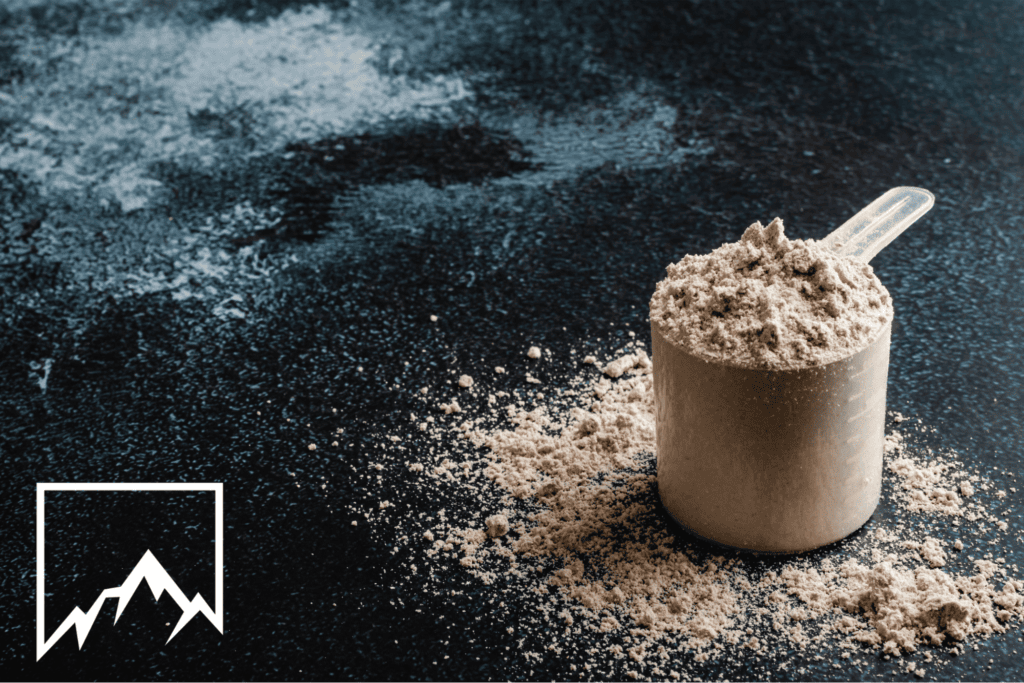
Protein powders are a great way to meet your protein needs during a workout. Whey protein is the most bioavailable, meaning your body will be able to utilize the amino acids efficiently, making it an excellent choice for repairing muscle fibers and promoting growth. When consumed after a workout, whey protein helps rebuild damaged tissues and restores energy reserves, enhancing both body composition and exercise performance.
But whey protein isn’t the only option. There are various protein powders available, including egg-white protein powder or plant-based options like pea protein, and brown rice protein. These alternatives are excellent if you can’t tolerate dairy.
The convenience of protein powders lies not only in their rapid absorption but also in their versatility. You can blend them into smoothies, mix them with water or almond milk while on the go, or even incorporate them into recipes to make a high-protein treat. Making it easier to meet your protein needs after a workout, ensuring you’re giving your muscles the fuel they need to repair and grow.
3. Sleep:
Sleep is often underestimated in its role in muscle recovery. During deep sleep, the body releases growth hormones, which are essential for repairing tissues, including muscles. Quality sleep not only reduces DOMS but also enhances overall athletic performance. Aim for 7-9 hours of uninterrupted sleep to allow your body ample time to heal and recover.
If you are having trouble sleeping, you should utilize a wearable such as the Whoop or the Oura ring. These can be great tools to help track HRV (heart rate variability) and quality of sleep plus see where you need to improve your sleep based on your daily recovery metric.
4. Essential Amino Acids (EAAs):
Amino acids are the fundamental building blocks of proteins. There are 20 amino acids, however, only 9 of them are essential amino acids, meaning the body cannot make them on its own and we must get them from quality protein sources in our diet. The other 11 amino acids are non-essential meaning they can be created by the body. The 9 EAAs are histidine, isoleucine, leucine, lysine, methionine, phenylalanine, threonine, tryptophan, and valine.
When taken as supplements or derived from protein-rich foods, EAAs can aid in reducing muscle soreness. They enhance protein synthesis, facilitating the repair of muscle fibers damaged during workouts. Including EAAs in your post-exercise nutrition can help minimize the intensity and duration of muscle soreness.
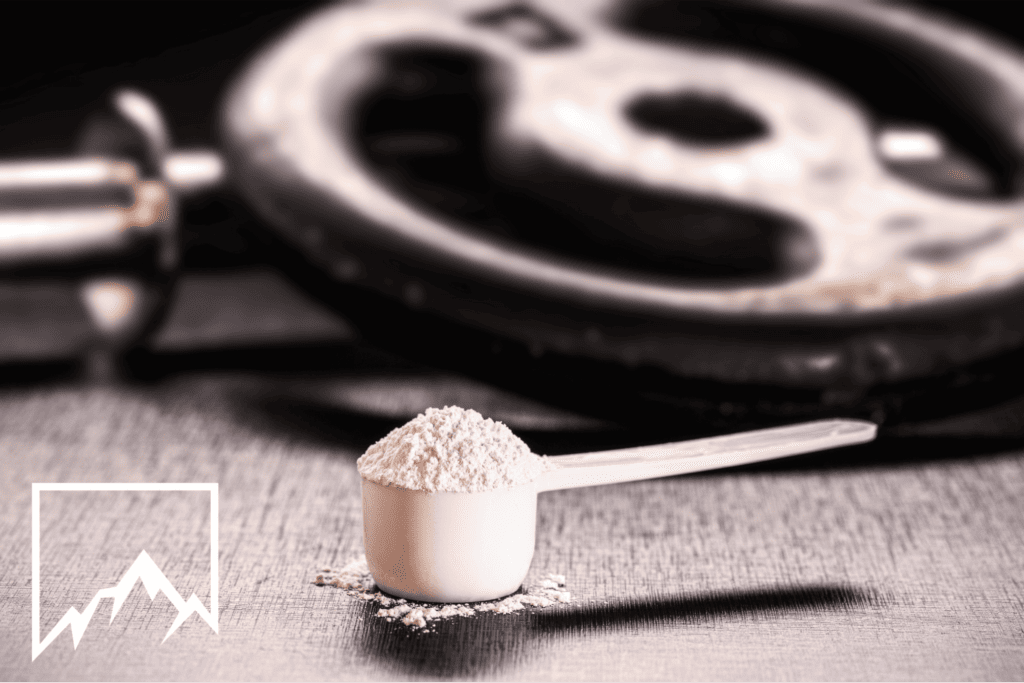
5. Cold Bath Plunge Therapy:
Cold bath plunge therapy involves immersing your body in cold water after a workout. These have been widely used by athletes over the years as a recovery method after a big game. The cold temperature reduces inflammation and muscle swelling. Another great benefit is that cold plunges increase blood flow to your brain which leads to increased mental focus, clarity, and energy. While it might be initially uncomfortable, the therapy effectively reduces post-workout soreness. Aim for a 2-10 minute plunge to experience the benefits without overexposing your body to the cold. Because Denver is such an active city, you can find cold plunge tubs at various recovery facilities, or you can also opt for a homemade version in your bathtub, or if you are committed to taking a plunge daily, you might want to purchase one for your home.

By incorporating these practices regularly, you can minimize muscle soreness, allowing you to focus on your fitness goals. At Rocky Mountain Flex Fitness, we believe in personalized fitness, and that includes personalized recovery. We hope you will incorporate some of these techniques, find what works best for you, and watch how they improve your post-workout routine.
Rocky Mountain Flex Fitness gym has been a staple in Denver’s Baker neighborhood since our inception back in November 2015. Over the years, we’ve been on a mission to create a unique fitness experience for our awesome members, and because of that, we have grown. We recently expanded our gym space by adding another 4,000 square feet to our current gym floor plan by opening the wall into the commercial space next door, giving us over 12,000 sq. ft. of gym space. This move is designed to enhance our member’s fitness experience by bringing you a bigger variety of equipment, a new 60-foot turf space for functional fitness, sleds, and more, as well as a new designer classroom space.



